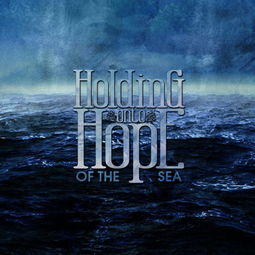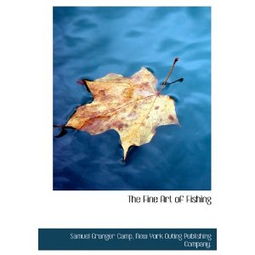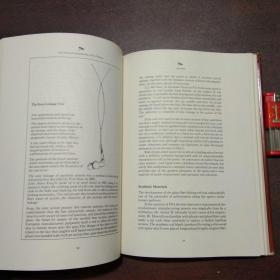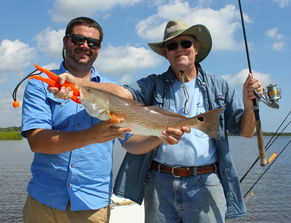Content:
Fishing in reed marshes can be an enchanting yet challenging experience. The dense foliage and murky waters can make it difficult for anglers to spot fish, let alone catch them. However, with the right techniques and a bit of patience, you can become a master at fishing in芦苇荡 (Lüwéidàng, or reed marshes). In this article, we will delve into the essential fishing techniques that will help you navigate the complexities of reed marshes and increase your chances of a successful catch.
Understanding the Environment
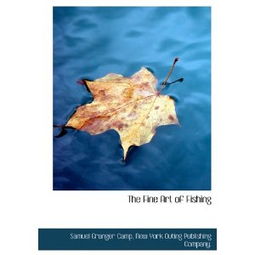
Before we dive into the fishing techniques, it's crucial to understand the reed marsh environment. Reed marshes are characterized by their dense vegetation, which can obstruct visibility and create a complex underwater terrain. Fish often hide among the reeds, making them more difficult to spot. Here are some key points to consider:
- Water Conditions: Reed marshes tend to have slow-moving waters, which can be rich in nutrients. However, the murky conditions can make it challenging to see the fish.
- Vegetation: The reeds provide excellent cover for fish, but they can also be a hindrance for anglers. You need to be mindful of your movements and the placement of your lure or bait.
- Fish Species: Common fish found in reed marshes include carp, bream, and perch. These fish are often bottom feeders and can be found near the reeds or in the deeper parts of the marsh.
Choosing the Right Equipment
The right equipment can make a significant difference in your fishing experience. Here are some essential items you should consider:
- Rod and Reel: A medium-heavy action rod with a good amount of flex is ideal for reed marsh fishing. The reel should be capable of handling the line weight and fighting the fish.
- Line: Use a monofilament line with a breaking strain of 10-15 pounds. This will provide enough strength to land a fish without being too visible in the water.
- Hooks: Depending on the fish species, use appropriate hooks. For example, a size 8-10 hook is suitable for most panfish, while larger hooks may be needed for carp.
- Bait: Live bait, such as worms, maggots, or small fish, can be effective. Artificial lures, like spinners or crankbaits, can also be used to attract fish.
Fishing Techniques
Now that you have the right equipment, let's explore some fishing techniques that can help you catch fish in reed marshes:
- Cast and Retrieve: This is the most common technique used in reed marshes. Cast your lure or bait into the water and retrieve it slowly, mimicking the natural movement of prey. Pay attention to the reeds and adjust your retrieve speed accordingly.
- Trolling: Trolling can be effective in reed marshes, especially if you're targeting larger fish like carp. Attach your lure to a heavy sinker and let it drag through the water. Adjust the speed and depth to find the fish.
- Stalking: If you're fishing in a smaller reed marsh, you can try stalking the fish. This involves slowly moving through the reeds, watching for fish that may be feeding or resting in the open water.
- Drift Fishing: Attach your lure or bait to a float and let it drift naturally through the reeds. This technique can be effective for catching fish that are feeding near the surface.
Safety and Etiquette
When fishing in reed marshes, it's important to prioritize safety and adhere to local fishing etiquette:
- Footwear: Wear sturdy boots that provide good grip to navigate through the marshy terrain.
- Visibility: Make sure you're visible to other anglers and wildlife. Wear bright clothing and consider using a whistle or bell to alert others of your presence.
- Respect the Environment: Avoid disturbing the reeds and other vegetation. Keep your trash with you and dispose of it properly.
- Local Regulations: Familiarize yourself with local fishing regulations, including size and catch limits, and be sure to follow them.
In conclusion, fishing in reed marshes can be a rewarding experience with the right approach. By understanding the environment, choosing the right equipment, and employing effective fishing techniques, you can increase your chances of a successful catch. Remember to prioritize safety and respect the natural surroundings to ensure a pleasant and sustainable fishing experience. Happy fishing!

